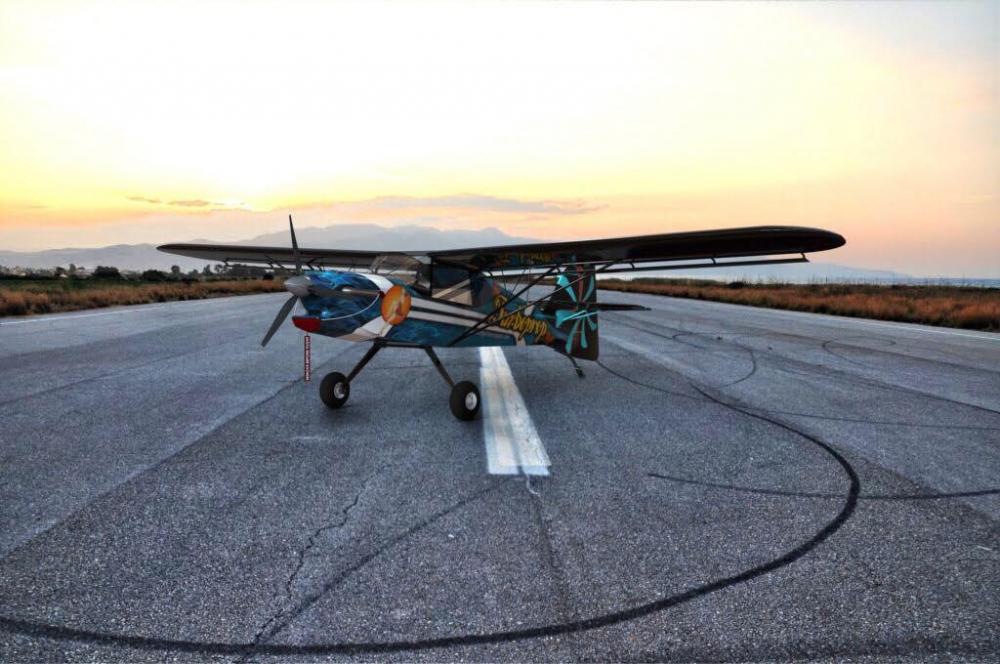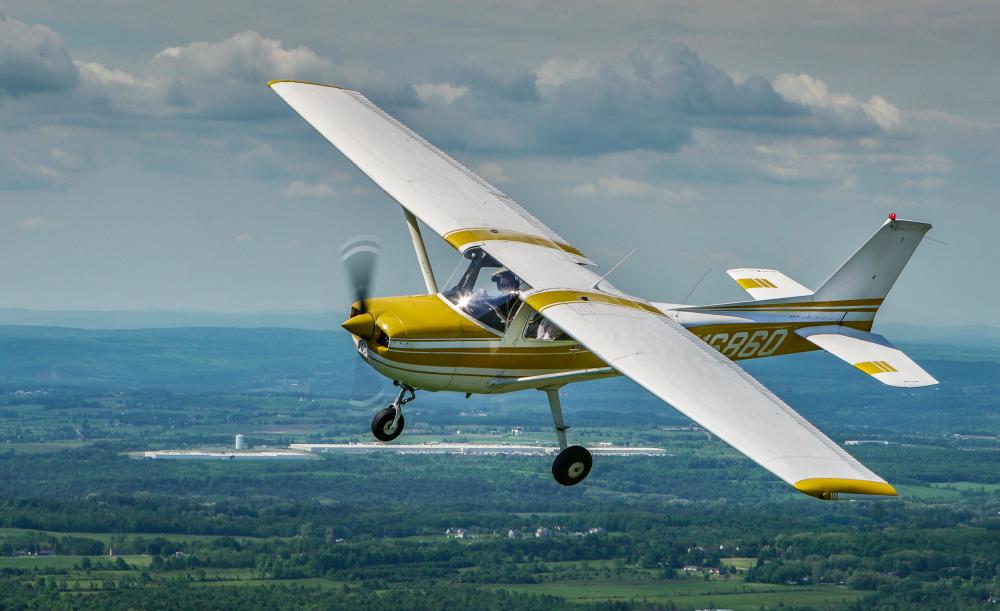-
Content count
474 -
Joined
-
Last visited
Posts posted by LSaupe
-
-
In case you hadn't seen this yet on the Kitfox site. Neat turbo prop development on an Avid.
1 person likes this -
Does the prop then windmill on a glide with engine at idle (or shut down)?
-
Are you running a clutch on there?
-
Nice!
-
Interesting Document. Thanks Doug.
-
I see a few birds down at Sun-n-Fun (via video) were fitted with DUC propellers. Also see the new BeLite Chipper with one mounted on their 912.
Anyone ever flown one of these?
-
-
Waht do those 670's use for an exhaust system? Does it still fit under the cowling?
-
Not sure of the negative G's, but cold weather starts, I envision, should not be an issue, as these are sled engines. I had one and it would fire up easily, even at -10F. Quite incredible for a 4 stroke.
-
It should still boil up there, just at a lower temp. So maybe there is a temperature factor associated with the coffee production. Kinda like needing to boil eggs longer at altitude. The X axis is on a log scale, thats why it looks a bit funky to you. Each mark represents a 10 PSIA increment between 10 and 100, and 100 between 100 and 10000. Much farther to travel from say 10 to 20 psia vice 80 to 90 psia
His charts are showing absolute pressure (vice gage) so just add 13 or 17 psid to your local atmospheric pressure to get the pressure in the system when it relieves. So... unless there is something funky about the cap design, as you climb in altitude the absolute pressure in your system will lower as well as a function of pressure outside the airplane.
-
What I do find curious is that this L model has an obstacle clearance speed of 70 MPH while previous versions was 58. Charts appear unchanged however. Anyone know why this is?
-
-
I hear ya Ed. Easy enough to do. I guess your concern might be possible pump cavitation or maybe excessive heat transfer in the two phase area's?
-
Looks like your coolant hose (between your head nozzle and first radiator is a bit kinked), might get worse when things get warm.
1 person likes this -
Justin, are you running a 670? Or did you have him rebuild a 582 for you? If a 670, what are you using for an exhaust system?
-
What are you guys running for a cap pressure on your 582's? Mine says 8 PSI which seems awful low to me.
-
-
My wife got a rude awakening to Cessna 150 T.O. performance on grass, max gross and relatively warm (75F) yesterday.
However the take off distances (ground run and 50' obstacle clearance) is almost twice what the (rather lacking) POH is predicting.
Have any of you have a similar experience (150L performance even poorer than the poor performance indicated in the table)? Instructor (that was flying with her) indicates that this is typical of a 150. Static run up is good (O-200) and 600 hrs SMO. Actually amazed that these birds don't event have performance charts, just a cheezy interpolation table.
-
I am set at 6100 (static) and it works great. If you havent dont it yet, manually verify your gearbox ratio. Whats is stamped on the outside isnt always what is on the inside.
-
What is on the main portion (non-shiny) of the tube, paint perhaps? I use Sailkote and works great. Its a dry lube that holds up very well..
-
Yes, that looks like the correct exhaust
-
Thanks for the feedback. General consensus I was taught during training was that a wheel landing is preferred in this conditions. (though I hear arguments in both camps).
Not as a negative to your suggestion (as that is what I am looking for) but as a background to where my mind set was: an example excerpt from the Champ drivers website:
When should/could wheel landings be done? When crosswind is strong, when winds are gusty whether crosswind or not, any time the pilot feels like it, if uncertain about the landing surface and need to land there, and at intervals for practice. Wheel landings are required by FAR to receive a tailwheel endorsement but I have found several cases where persons with endorsements had never done them.
I have had problems in gusty conditions doing three pointers with getting blown back up when least expected, just before touchdown (probably a lightweight bird with undercamber wing doesn't help in that regard, stall is 30 mph), so tend to default to the wheel when in that scenario.
Will be interesting to see what other have experienced here. I only have about 100 hours in this bird, and each flight is a learning experience, so looking for advice you folks might have here; particularly wheel vs three point (in these birds) and what the best corrective action might be for the scenario I found myself in.
-
Had an odd one a few flights ago. Mt home base is burried in the trees. Typically quite docile below the tree line regardless of wind above (which is typically out of the South West or South East. However, in this case I had a stiff breeze (12G16) out of the North East. Wind was 060, runway was 120.
When I got below the tree line things got rather squirrely so I decided to wheel land. When I had the bird planted on the ground I pulled power and waited for the tail to drop. Unexpectedly I got hot with a quartering tail gust. Tail got blown up (from the neutral point) and bird weather vaned to the left. Wasnt sure what to do with this (really surprised me). So I just hit hard right rudder to straighten it out. The tail finally game back down slowly.
So... if this happens (unexpected tail wind during a wheel landing) what is the best approach? Shot of power? didnt want to change the elevator setting as wasnt sure what the relative wind was going to do, but maybe there is a good option there as well.
Larry
-
But... ultimately it is the pilots (buyers) responsibility to meet the FAR's, no one elses (buyer beware). Part of the problem is legally no training required. With no training, cognizance of the FARs can be in doubt (a broken system or what... not designed to protect the pilot in several facets). 254 lbs is dang hard to meet any way you slice it.
What frustrates me even more is that the FAA doesn't seem to care much (until they do... when in their own best interest - as in the gyro copter flight to the white house a few years ago).
We have had a few (two place) unregistered light sport planes (old fat ultralights) have accidents in this area recently, and the FAA didn't even want to look at them, writing them off as "ultralights". In the newspapers you can clearly see larger 2 seat birds and no N numbers.



Bi-Annual (Sport Pilot, Private Pilot)
in Avidfoxflyers General Hangar
Posted
Question for you guys. I current have a sport pilot certificate for airplane, WSL and PPC. The regs allow that when my bi-annual is due, I can take it in any one of the three categories and I am covered for all three (i.e. you only need one bi-annual and not three).
I am now training for private pilot in the airplane category. So... would a bi-annual in an airplane category as a private pilot still cover all three?